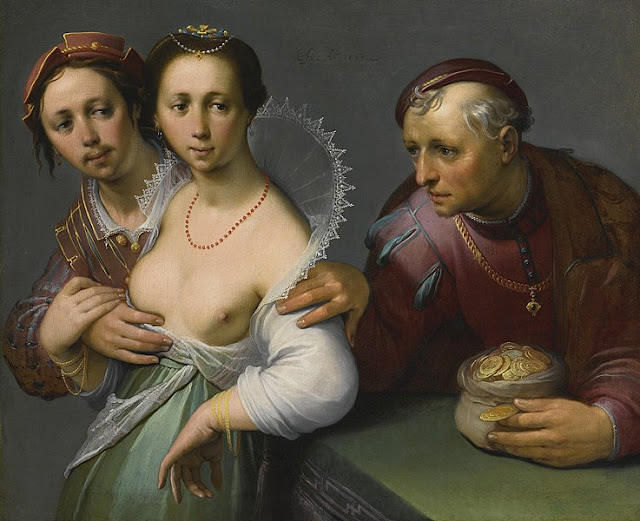Gaston La Touche (French, 1854-1913)
La promenade
Oil on panel
18 1/2 x 21 3/4in (47.1 x 55.3cm)
Private collection
In this work, La Touche finds a later echo in the closing scenes in the film of Colette's novella, Gigi, where Louis Jourdan and Leslie Caron promenade in the Bois de Boulogne. In the shade, other figures relax and enjoy the afternoon sun. This is the Belle Epoque at its height. However, in a social statement he includes two workers toiling by the roadside; showing he was aware of the divide between the rich and the poor.
More on this work
French painter Gaston La Touche [1854-1913] post-impressionist painter, draughtsman and pastellist was a leading colorist of the late nineteenth/early twentieth centuries, who associated with all the important artists of the period. He was close friends with many of the Impressionists, but chose to follow an independent path in both technique and subject matter. His extraordinary imagination revealed itself in his wonderful depictions of monkeys, fetes, balls, theatrical subjects and interiors, all tinged with a wry sense of humor. His Versailles-inspired firework and fountain paintings are unique in quality and spectrum of color. Neglected for almost a century, with little or no research, La Touche's work is now being re-evaluated. In both commercial and art-historical circles, his paintings are now highly sought after. More on Gaston La Touche
Please visit my other blogs: Art
Collector, Mythology, Marine
Art, Portrait of a Lady, The
Orientalist, Art of the Nude and The
Canals of Venice, Middle
East Artists, 365
Saints and 365 Days, also visit my Boards on Pinterest
Images are copyright of their respective owners, assignees or others.
Some Images may be subject to copyright
I don't own any of these images - credit is always given when due unless
it is unknown to me. if I post your images without your permission, please tell
me.
I do not sell art, art prints, framed posters or reproductions. Ads are
shown only to compensate the hosting expenses.
If you enjoyed this post, please share with friends and family.
Thank you for visiting my blog and also for liking its posts and pages.
Please note that the content of this post primarily consists of articles
available from Wikipedia or other free sources online.










.jpg)



